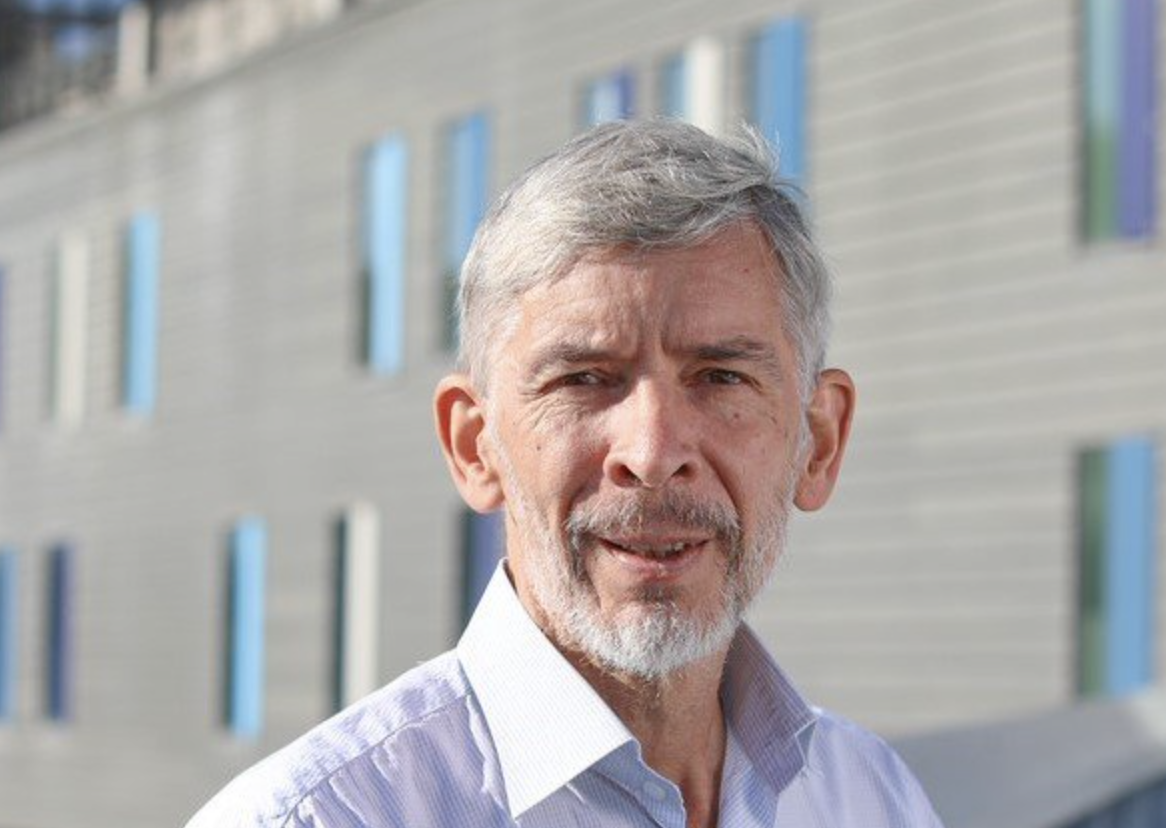When: Friday Dec 2, 14.00 - 16.00
Where: at LINXS (Scheelvägen 19, Lund), with digital participation possibility (Zoom)
Title: ‘LEAPS and LENS – and LINXS: how will we get more value out of all that data?’
Speaker: Robert McGreevy, STFC Rutherford Appleton Laboratory, UK
For more information: LINXS Guest Seminar - Robert McGreevy (2 December 2022) · LINXS Indico server (Indico) (lu.se) Recording cooming soon
Robert graduated and received his PhD from Oxford University (UK) and was a Royal Society research fellow and lecturer there until 1992. From 1992-2002 he was director of the Studsvik Neutron Research Laboratory at Uppsala University (Sweden). He was appointed Professor of Neutron Scattering Physics in 2001. From 2002-2011 he was Division Head at the ISIS facility at the STFC Rutherford Appleton Laboratory (UK). From 2011-2012 he was Deputy Director for Neutron Sciences at Oak Ridge National Laboratory (USA). In 2012 he returned to ISIS and was Director there until 2021. He is now working part time as a consultant for STFC, responsible for UK in-kind contributions to the ESS project and helping to establish the Ada Lovelace Centre, providing data and software capabilities for STFC national facilities.
Robert is author of over 180 research papers in the fields of neutron scattering and computer modelling. He specialised in studies of the structures (including magnetic structures) of all types of disordered materials, from high temperature superconductors to liquid metal alloys. He has a special interest in the development and integration of data analysis and data management tools with experiment. He is the developer of the reverse Monte Carlo (RMC) method of structural modelling; over 2000 papers have been published using this technique.
Robert has been particularly active in the promotion of European and international scientific collaboration. He was coordinator of EU projects between 1990 and 2010, including the Integrated Infrastructure Initiative for Neutron Scattering and Muon Spectroscopy (NMI3) and the I3-Network. He is currently chair of the League of advanced European Neutron Sources (LENS).
Abstract:
Large synchrotron and neutron facilities, particularly ‘next generation’ sources such as MAX IV and ESS, are producing increasingly large volumes of data. They are also increasingly expensive to build and operate – both financially and in terms of carbon footprint. All of the impact of such facilities arises from exploitation of their data, so it therefore seems obvious that they need to maximise the value that is obtained from it. We have long ago passed the point where the entire responsibility for exploitation could be passed on to the users. In this seminar I will explore some aspects of the ‘problem’ and the ‘solution’ both at low level, e.g. data triage at the beamline or blurring the interfaces between experiment and simulation, and high level, e.g. organisation or funding.
Please contact either anna.ntinidou@linxs.lu.se or nina.ahlbeck@fsi.lu.se for any questions.
During our events we sometimes take photographs and short film clips to profile our activities. Please let us know if you don’t want to be in any photos/films before we start the event. Some webinars are recorded to be used for educational purposes in the LINXS website.
By registering to our events you give your permission to LINXS, according to the General Data Protection Regulation (GDPR), to register your name and e-mail address to be used for the sole purpose of distributing newsletters and communications on LINXS activities.

